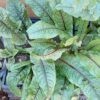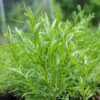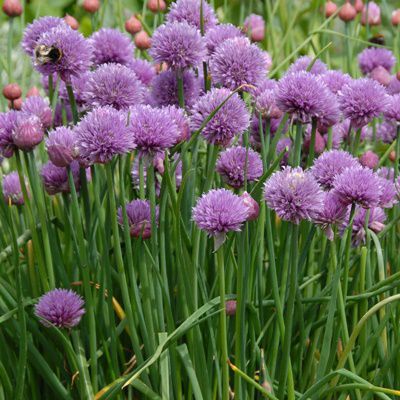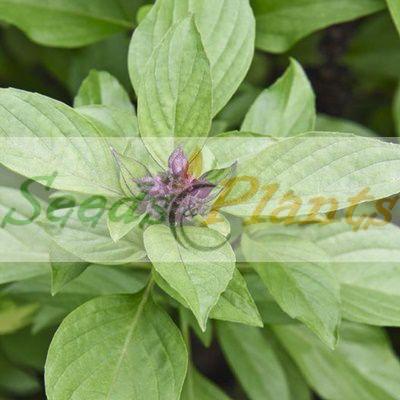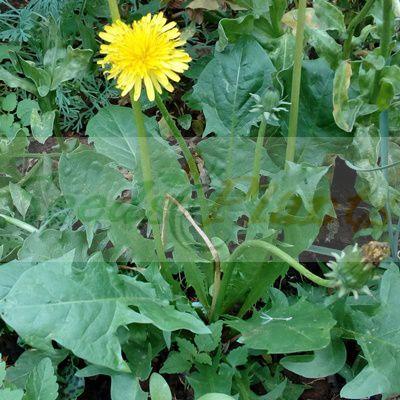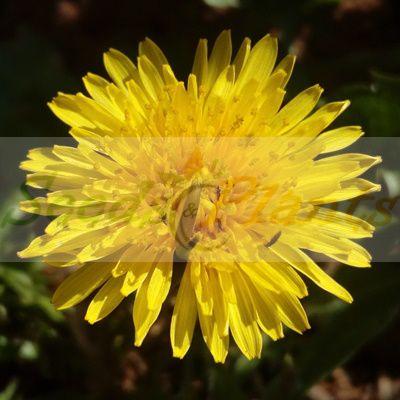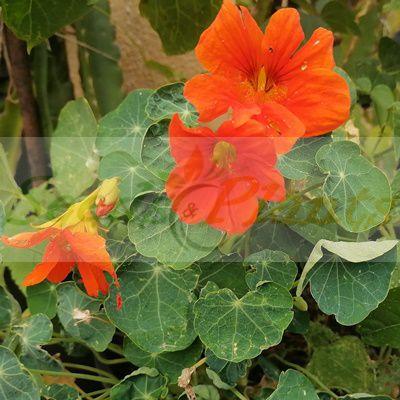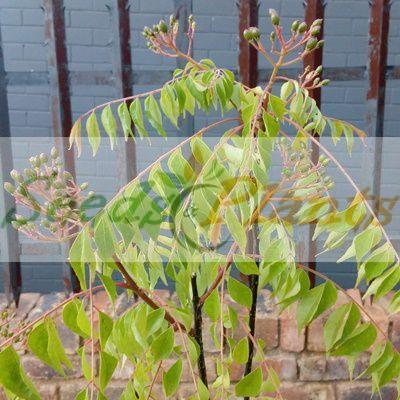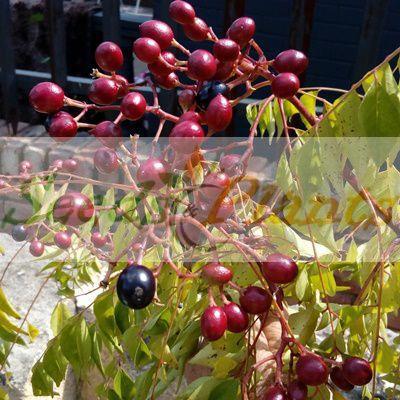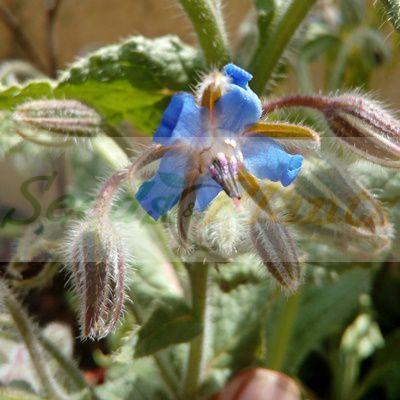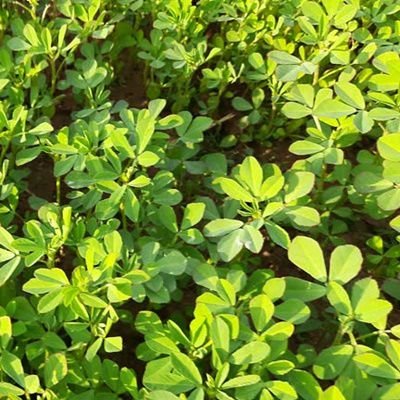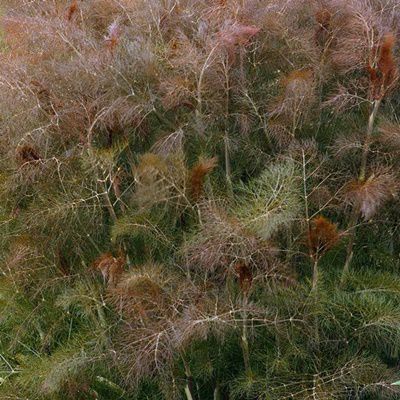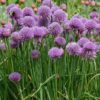🍃 Culinary Quick Facts
Culinary Info
- 🌍 Origin / Region: Asia, Europe, North America
- 🍽️ Culinary Use: Egg Dishes, Garnish, Oils / Vinegars, Salads, Soups and Stews
- 🥗 Edible Part: Flower, Leaf, Scapes
- 😋 Flavor Profile: Mild, Onion-like
Growth Traits
- 🌱 Life Cycle: Perennial
- 🌾 Plant Type: Herbaceous Perennial
- 🦋 Pollinator Method: Attracts Bees, Attracts Butterflies, Attracts Hoverflies, Attracts Moths, Self-pollinating
- 🔁 Pollination Needs: Needs Only 1 Plant
- 🪴 Growth Habit: Bulbous, Clumping
- 🌸 Flower Color: Pink, Purple
Growing Requirements
- 🌞 Sun Exposure: Full Sun, Partial Shade
- 💧 Water Needs: Avoid Overwatering, Moderate Water, Water Deeply
- ☀️ Growing Conditions: Cold Tolerant, Cool Weather, Frost Tolerant, Moderate Heat Tolerance, Moderately Drought Tolerant
- 🟤 Soil Preference: Fertile, Rich Organic, Slightly Moist, Tolerant of most soils, Well-Drained
Chives Herb – 100 Seeds
(Allium schoenoprasum)
R30.00
Chives are a low maintenance, easy to grow perennial herb, grown for their onion-scented tasting leaves.
Indoor Sowing: Spring.
Direct Sowing: Spring and Autumn.
In stock
🍃 Culinary Quick Facts
Culinary Info
- 🌍 Origin / Region: Asia, Europe, North America
- 🍽️ Culinary Use: Egg Dishes, Garnish, Oils / Vinegars, Salads, Soups and Stews
- 🥗 Edible Part: Flower, Leaf, Scapes
- 😋 Flavor Profile: Mild, Onion-like
Growth Traits
- 🌱 Life Cycle: Perennial
- 🌾 Plant Type: Herbaceous Perennial
- 🦋 Pollinator Method: Attracts Bees, Attracts Butterflies, Attracts Hoverflies, Attracts Moths, Self-pollinating
- 🔁 Pollination Needs: Needs Only 1 Plant
- 🪴 Growth Habit: Bulbous, Clumping
- 🌸 Flower Color: Pink, Purple
Growing Requirements
- 🌞 Sun Exposure: Full Sun, Partial Shade
- 💧 Water Needs: Avoid Overwatering, Moderate Water, Water Deeply
- ☀️ Growing Conditions: Cold Tolerant, Cool Weather, Frost Tolerant, Moderate Heat Tolerance, Moderately Drought Tolerant
- 🟤 Soil Preference: Fertile, Rich Organic, Slightly Moist, Tolerant of most soils, Well-Drained
Chives Herb Seeds. Chives (Allium schoenoprasum), is a species of flowering plant in the family Amaryllidaceae that produces edible leaves and flowers. Their close relatives include the common onions, garlic, shallot, leek, scallion, and Chinese onion.
Chives are a low maintenance, easy to grow perennial herb, grown for their onion-scented tasting leaves. Because chives are compact, they are ideal for edging paths and borders, as well as growing in mixed borders, vegetable gardens, herb gardens and in containers.
Chives Herb Culinary Uses
- These are a delicious addition to salads, and can be added to many other savory dishes.
- Their taste is milder than onions, so they are the perfect choice for soups and savory dishes – where their more subtle flavor is needed.
- Although mainly grown for their leaves, chives also produce highly attractive pinky-purple flowers. These are also edible and are an attractive salad garnish.
Growing Chives Herb
Indoor Sowing: Spring.
Direct Sowing: Spring and Autumn.
- Chives will grow well in full sun or in partial shade.
- They grow best in a fertile, moist but well-drained soil.
- You can direct sow chives herb seeds thinly outdoors in spring or autumn, where you want them to grow.
- Prepare the soil well with added compost and rake to a fine tilth before sowing.
- Surface sow the seeds and cover with a thin layer of soil.
- Water well and keep soil moist.
- Thin out the young plants to 23-30cm apart when large enough to handle.
- Seeds can also be sown indoors in Spring at a temperature of 18-21C.
- Surface sow the seeds and cover with a thin layer of soil and keep moist.
- When seedlings are large enough to handle, transplant into 10cm pots in bunches of 4-6 seedlings per pot.
- Plant outside when the last frosts are over, after hardening off – gradually acclimatizing them to outdoor conditions – for 10-14 days.
- Chives are very easy to look after and need minimal maintenance.
- Keep the soil moist by watering regularly during prolonged dry periods in summer.
- Feed with a general granular plant food each spring.
- Plants may need rejuvenating every 3 to 5 years. Carefully lift, divide the plant into smaller portions and replant in well-prepared soil in spring.
Can this plant be used for culinary purposes?
Chives Herb is traditionally used for culinary purposes such as egg dishes and garnish.
Disclaimer
Medicinal Information:
All medicinal information on this website is for educational and informational purposes only and may not be construed as medical advice. The information is not intended to replace medical advice or treatment offered by healthcare professionals.
Seeds, Plants, Plant Cuttings, Geophytes and Dried Herbs:
In some countries and provinces, certain plants are deemed as invasive and are not allowed to be planted at all, whilst some plants are allowed to be grown only in certain areas or provinces. The onus is on you as the buyer to familiarize yourself with the regulations pertaining to your location, before purchasing any of our seeds, plants, plant cuttings, geophytes or dried herbs. We will not be held liable, should you purchase any seeds, plants, plant cuttings, geophytes or dried herbs. from us which are prohibited in your country or province.

